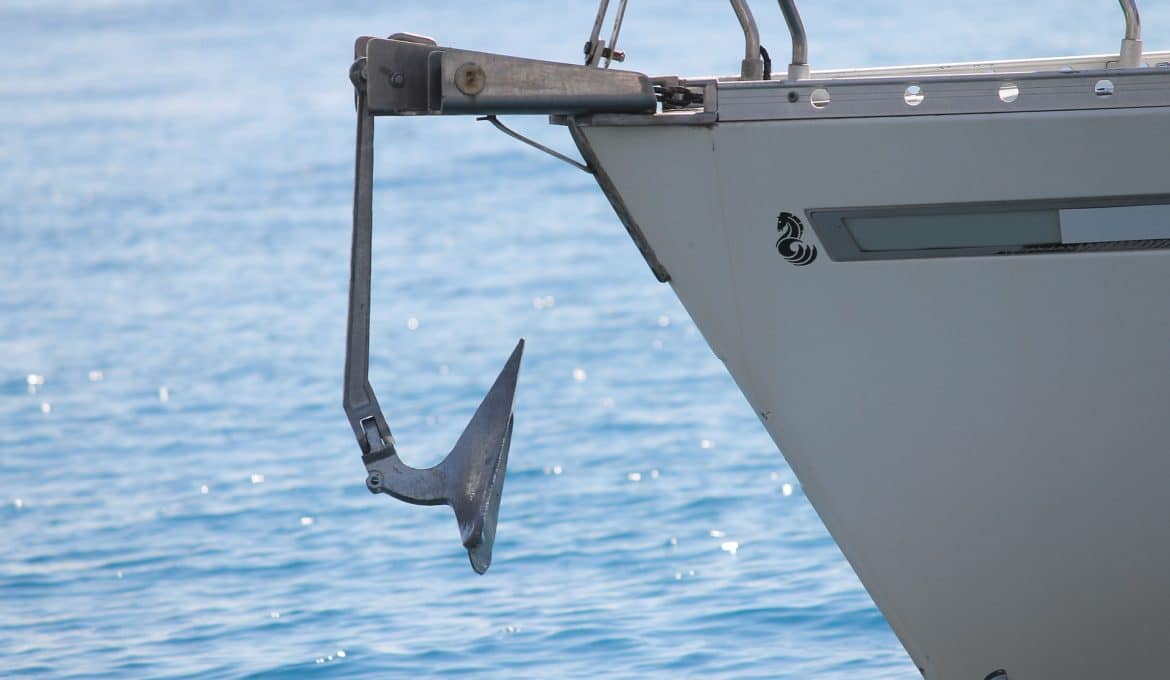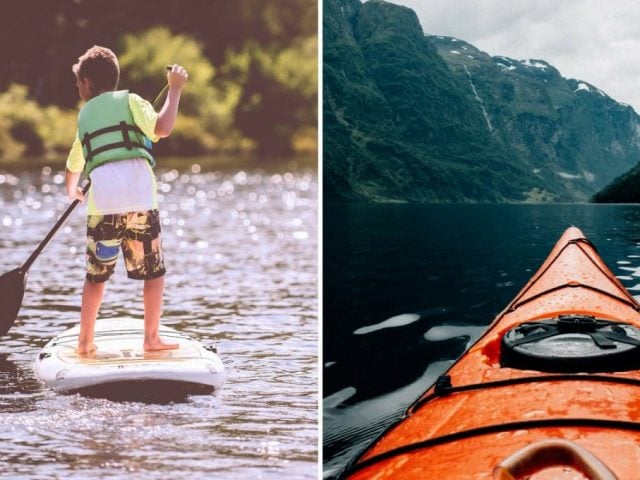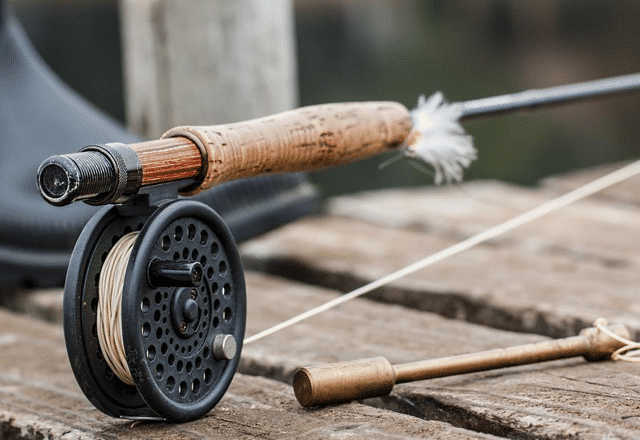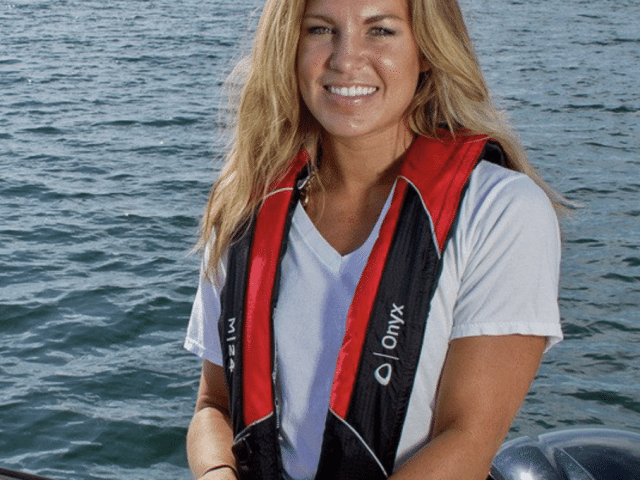Picture this: you’re out fishing. Trolling around from spot to spot, just waiting for them to hit. Then you get a bite, then another. They’re practically jumping in the boat.
You’ve found a little honey hole. Or as my uncle says, “You in ‘em.” This is just one obvious instance when you need the right anchor, but there are hundreds of others.
Why Do You Need an Anchor?
Whether you’re just tired of cruising around or you want to enjoy the sun and maybe hop off and float around for a while, you need to know how to choose the right anchor for the job. There are emergency uses too: if you can’t start your motor, for example, you don’t want to be drifting aimlessly at the whim of wind, tides, and currents.
This may surprise you, but not all anchors are made equal. There’s a lot to consider before you choose the right anchor that’s best for your boat. You might also want to carry two anchors of different styles to make sure you have options for various settings.
Types of Anchors
When we talk about primary anchors, we’re looking at five types. They vary slightly in their design and some are better for certain scenarios than others. Let’s take a deeper dive:
Fluke Anchor
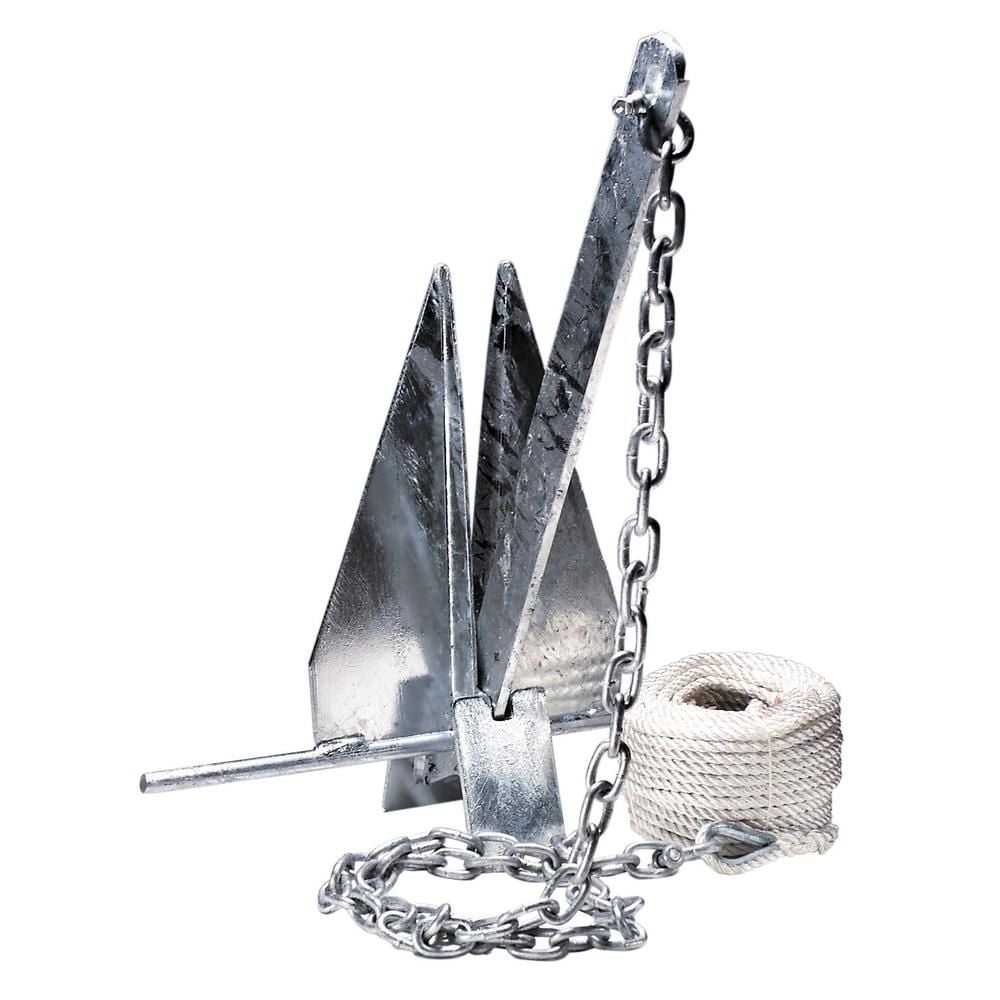
Also known as a Danforth, a fluke anchor works best in sand and mud but struggles to find a solid hold in other conditions. It’s easily the most popular type of anchor on the market today because it’s light and folds flat to stow under one of your boat seats.
Plow/Wing Anchor
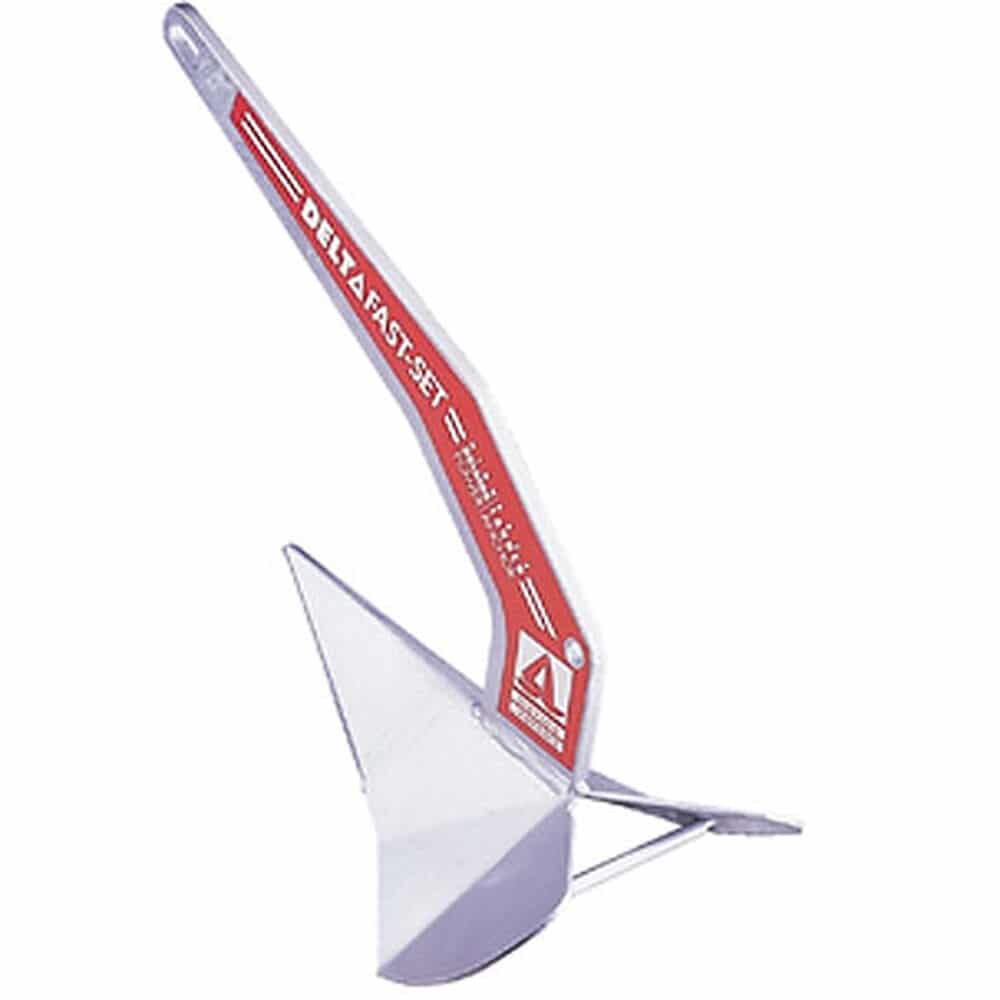
The wing anchor is technically a variation of the plow. Here’s the main difference: a plow is a solid one-piece design, while the wing features a hinge to help its response. Plow anchors tend to be heavy and large, but wing anchors (also called a Delta) tend to be lighter.
Claw Anchor

Claw anchors are also very popular. The claw style (sometimes referred to by its trademarked name, the Bruce) is an all-around, all-purpose anchor that holds well in a lot of bottom conditions and sets easily thanks to its three claws.
Grapnel Anchor
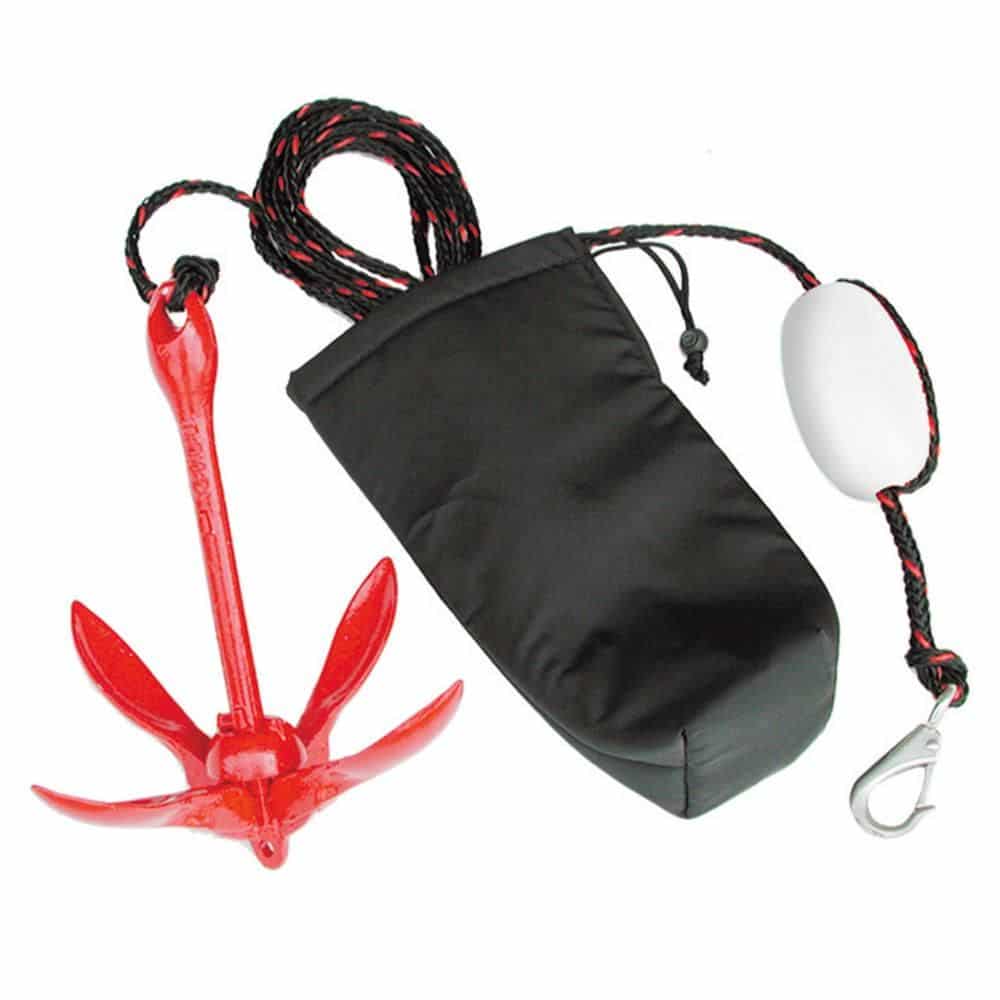
A favorite for small watercraft like canoes or kayaks, the grapnel looks similar to a grappling hook, as its name suggests. Most versions have four claws that fold up for easy storage and hold onto many kinds of bottom conditions.
Mushroom Anchor
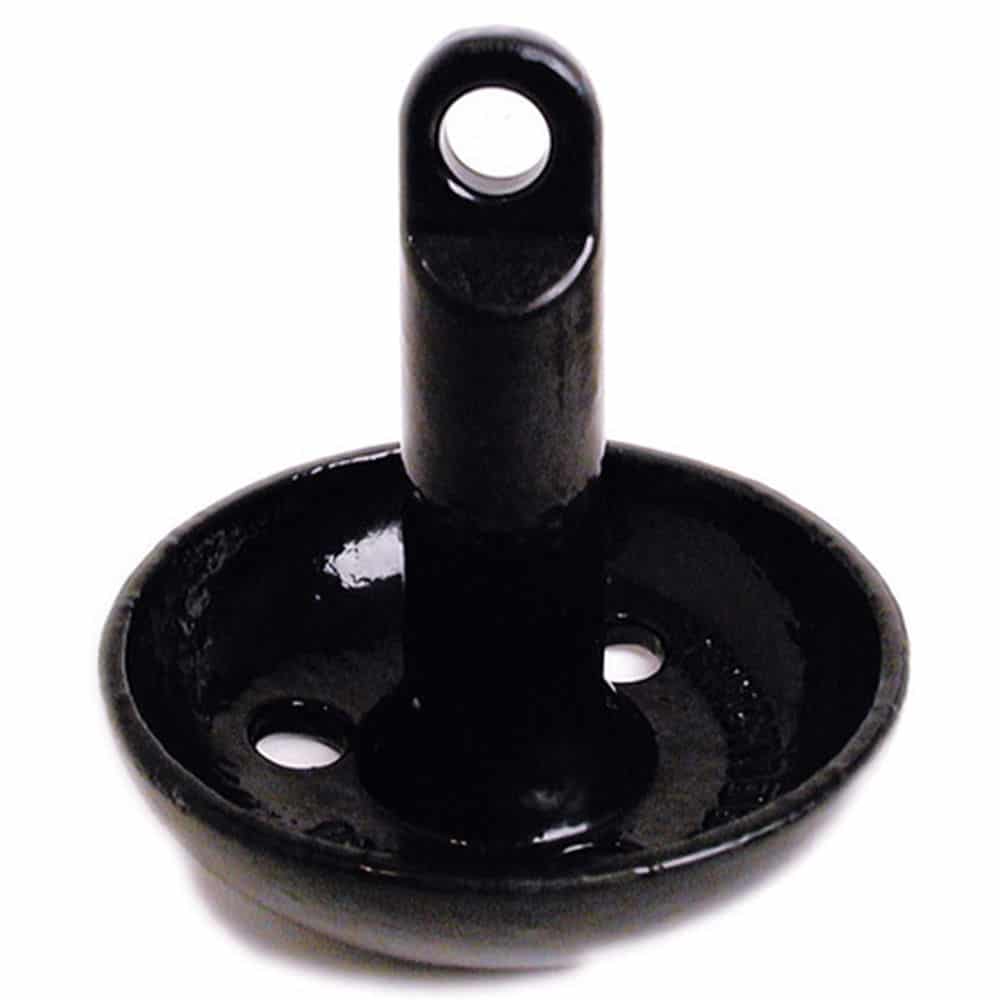
It gets its name from its shape. Mushroom anchors work well in sand and mud, as those materials fill the rim and help hold it down. While they aren’t great for sea use, they’re popular in rivers. The main downside of this anchor style is that retrieval can be challenging once the “mushroom” is filled with heavy sand or mud.
How To Choose The Right Anchor For The Job
Among other things, choosing the right anchor requires accounting for the weight of your boat and what the bottom of a given lake, river, or ocean waterway looks like. Here’s everything you need to consider when selecting an anchor for your pontoon boat, fishing boat, or ski boat:
Holding Power
The most important criteria to look for in any anchor is how well it holds you where you want it to hold. Its holding power depends on several factors, but much is determined by how well it attaches to the sea, lake, or river bed. Some designs can hold up to 200 times the anchor’s weight, which allows you to avoid carrying a super heavy anchor while maintaining plenty of staying power.
Anchors usually come with a holding power rating, which is a measurement of how much force it would require to slide the anchor across the bottom or dislodge it completely. The amount of holding power the anchor for your boat must provide depends on two main factors: the size of your boat and wind speed.
Here’s a quick chart to help you decide on an anchor that will have enough holding power for your boat:
| Holding Power Required (in pounds) | |||
| Boat Size (in feet) | In 15 mph Winds | In 30 mph Winds | In 45 mph Winds |
| 15 | 60 | 250 | 500 |
| 20 | 90 | 360 | 720 |
| 25 | 125 | 500 | 980 |
| 30 | 175 | 700 | 1400 |
| 35 | 225 | 900 | 1800 |
| 40 | 300 | 1200 | 2400 |
| 50 | 400 | 1600 | 3200 |
| 60 | 500 | 2000 | 4000 |
It is recommended to choose an anchor for your boat based on 30 mile per hour winds so that you are prepared when conditions worsen. Although, at that point, you should strongly consider getting off the water entirely.
Anchor Weight
Of course, every anchor style comes in a variety of weights. Anchor weight really comes into play when you’re setting it or retrieving it, but it also adds weight to your boat when you’re underway. So if you’re trying to keep a small boat as light as possible for quick acceleration, you’ll want to choose an anchor that’s as lightweight as possible while still offering enough holding power.
There’s no hard and fast rule for anchor weight, but a properly sized anchor is vital for nasty conditions. Thankfully, modern anchors have come a long way in holding power without getting dramatically heavier. That’s particularly nice if you have to haul anchor without an anchor winch.
Bottom Conditions
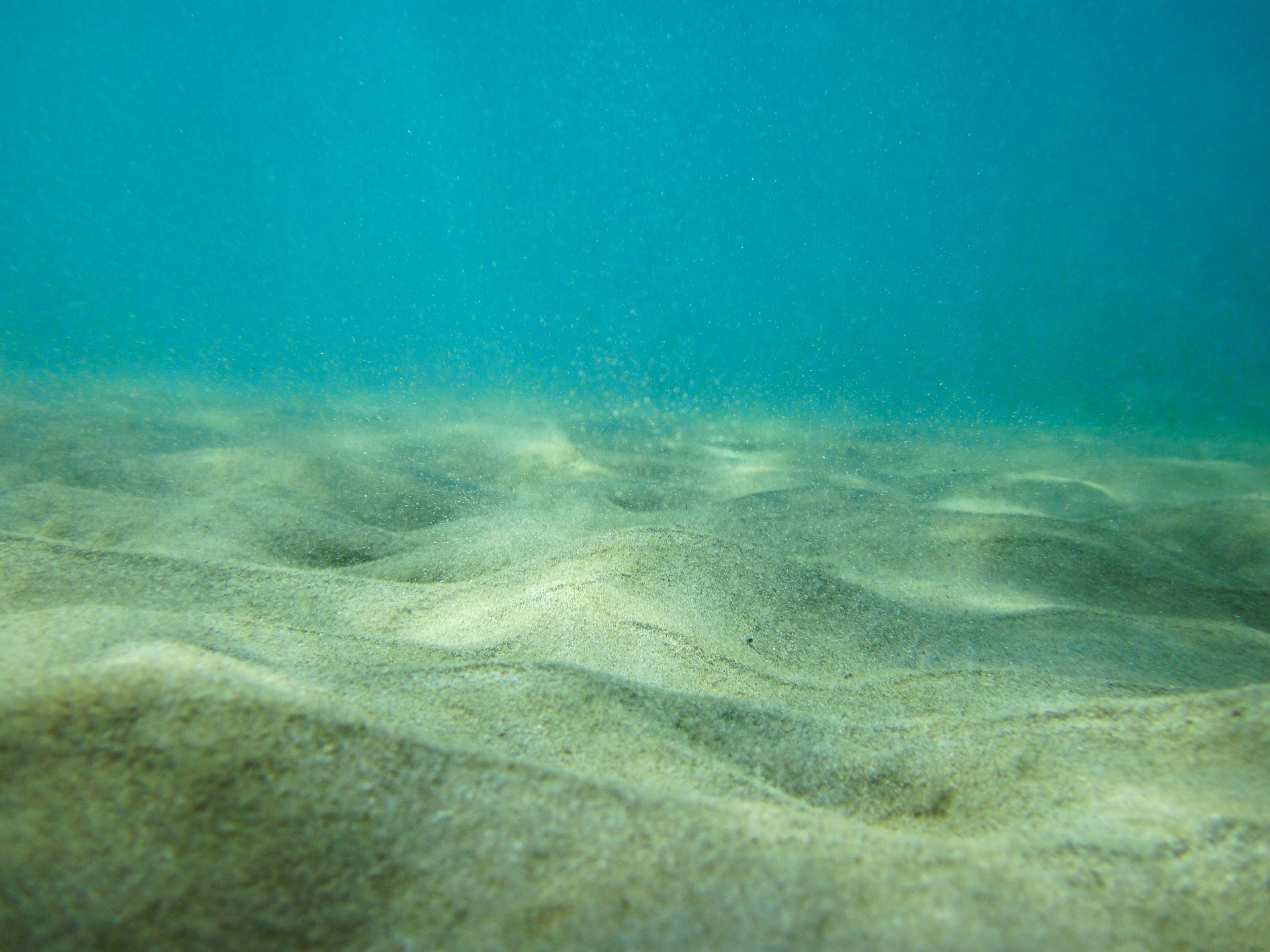
The bottom—that is, the natural material the anchor is anchoring to—makes a big difference in how well your anchor will perform. On most lakes, rivers, and coastal waterways, you’ll deal with four primary bottom conditions: sand, mud, rocks, and smoother surfaces like clay, grass, or shale.
Some waterways may have a combination of conditions depending on where exactly you’re setting the anchor. That’s why it can be useful to have two anchors to cover as many conditions as possible.
Here’s a little more on how bottom conditions impact anchor selection:
Mud
Fluke anchors tend to work best in these conditions because they are adept at penetrating deeply into the mud and, ideally, into whatever material is beneath the mud as well.
Sand
Sand makes it easy for most anchors to hold, though plow and wing anchors are particularly useful for waterways with soft bottoms.
Rock
Plow and claw anchors tend to work best on rocky bottoms, but any of these holds can be precarious due to shifting.
Others
Smooth and vegetal lake or sea bottoms make it difficult for anchors to penetrate, which means it’s more difficult for them to hold. In these cases, getting a heavier anchor is more important than the anchor’s design.
Anchor Materials
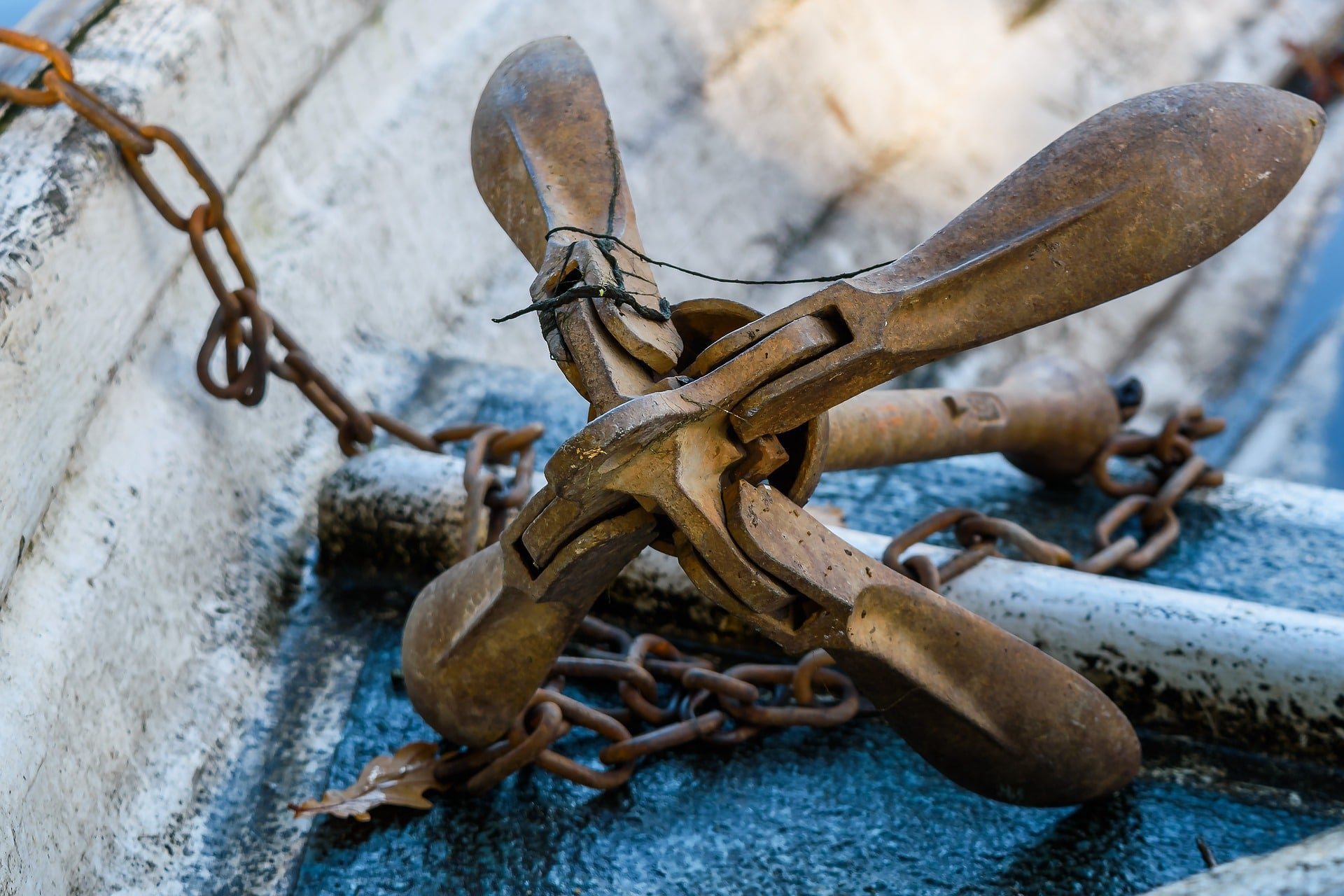
Of all the natural and man-made materials out there, you’ll really only find common anchors made from one of three choices: galvanized steel, lightweight aluminum-magnesium, or grade 316 stainless steel.
Galvanized steel anchors are the most popular because of their affordable price and good strength. Lightweight aluminum-magnesium anchors are best for lightweight boats that need to cruise at high speeds. Grade 316 stainless steel anchors look and operate really well—but it’ll be your choice to decide if the added cost is worth it.
Other Anchor Accessories To Consider
If you’re upgrading to a new boat anchor, that alone isn’t enough to keep your boat anchored in place. Here are a few other accessories to consider:
Anchor Lines
The depth of the water where you’re boating is going to dictate how much anchor line you need. While most anchors come with a set line length already attached to their chain and shackle, you may need to add additional line length if you intend on anchoring in deep water.
Shop anchor lines at Overton’s.
Anchor Rollers
For heavier anchors, an anchor roller can be very helpful. The anchor line threads through the roller to assist you when dropping your anchor and hauling it back in. In conjunction with the right boat winch, it can make setting and retrieving your anchor much easier.
Shop anchor rollers at Overton’s.
Boat Hooks
One of the simplest ways to practice winter boating safety when boating during the coldest months is to avoid getting wet at all. Instead of reaching into the water to retrieve your anchor line, use a boat hook instead. Collapsible boat hooks are easy to store in your boat and can also be useful for reaching out to bring your boat into the dock at the end of the day.
Other Anchor Line Accessories
There are a variety of other anchor line accessories you might find helpful. An anchor stowaway bag will keep it contained so that other boating equipment doesn’t get snagged on an anchor’s sharp edges, for example. And shock cords will keep your boat from getting jerked around dangerously when the anchor line goes taut on a windy day.
Shop all anchor line accessories at Overton’s.
Now that you know all you need to know about anchors, head over to Overton’s to find the one that you need.
Do you have any thoughts or concerns about finding the right anchor for the job? Leave a comment below!
If you are new to boating in general, make sure you check out our complete checklist for first time boaters as well!

